RIM PGDM Semester 1 Cryptocurrency: Blockchain, Fintech, and Bitcoin
VerifiedAdded on 2022/02/19
|29
|2822
|16
Discussion Board Post
AI Summary
This assignment, a group discussion for a PGDM Semester 1 course, delves into the multifaceted world of cryptocurrency, exploring key concepts such as blockchain technology, Fintech, and Bitcoin (BTC). The document provides a comprehensive introduction to cryptocurrencies, explaining their meaning, functionalities, and examples beyond Bitcoin, including Polkadot, Ethereum, and others. It outlines various investment avenues within the blockchain ecosystem, from investing in blockchain-based companies and cryptocurrencies directly to exploring ETFs and crypto mining. The discussion further elaborates on blockchain's core principles, contrasting it with traditional bookkeeping and highlighting its advantages in terms of trust, immutability, and decentralization. The assignment examines the four types of blockchains – public, private, hybrid, and sidechains – and their respective applications. It also covers the uses of blockchain in cryptocurrencies, smart contracts, supply chain, and healthcare, among others. The discussion concludes with a brief overview of Fintech, its integration with financial services, and the technologies it uses, including AI, big data, RPA, and blockchain itself, along with the challenges faced by Fintech companies.
1 out of 29
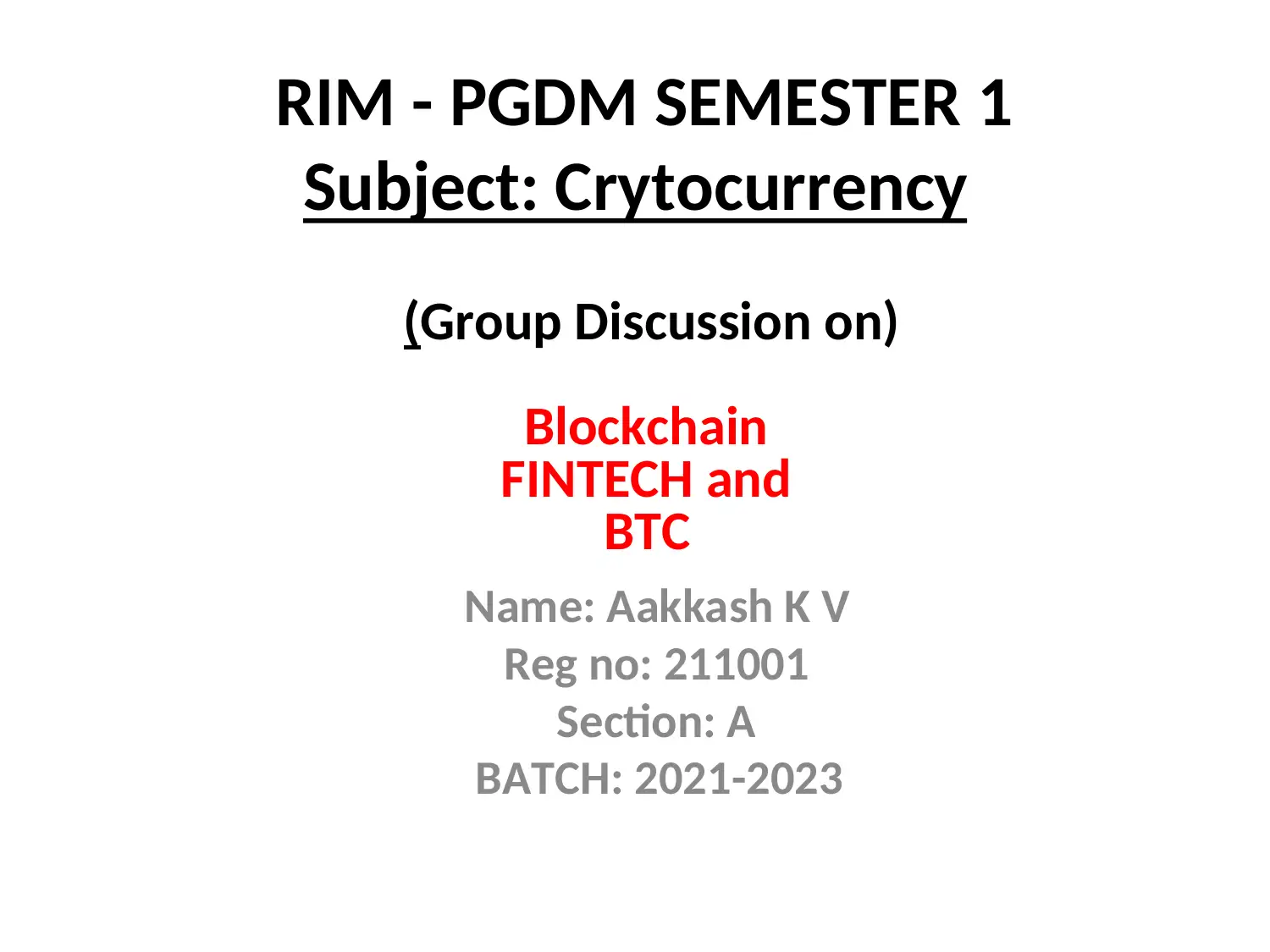
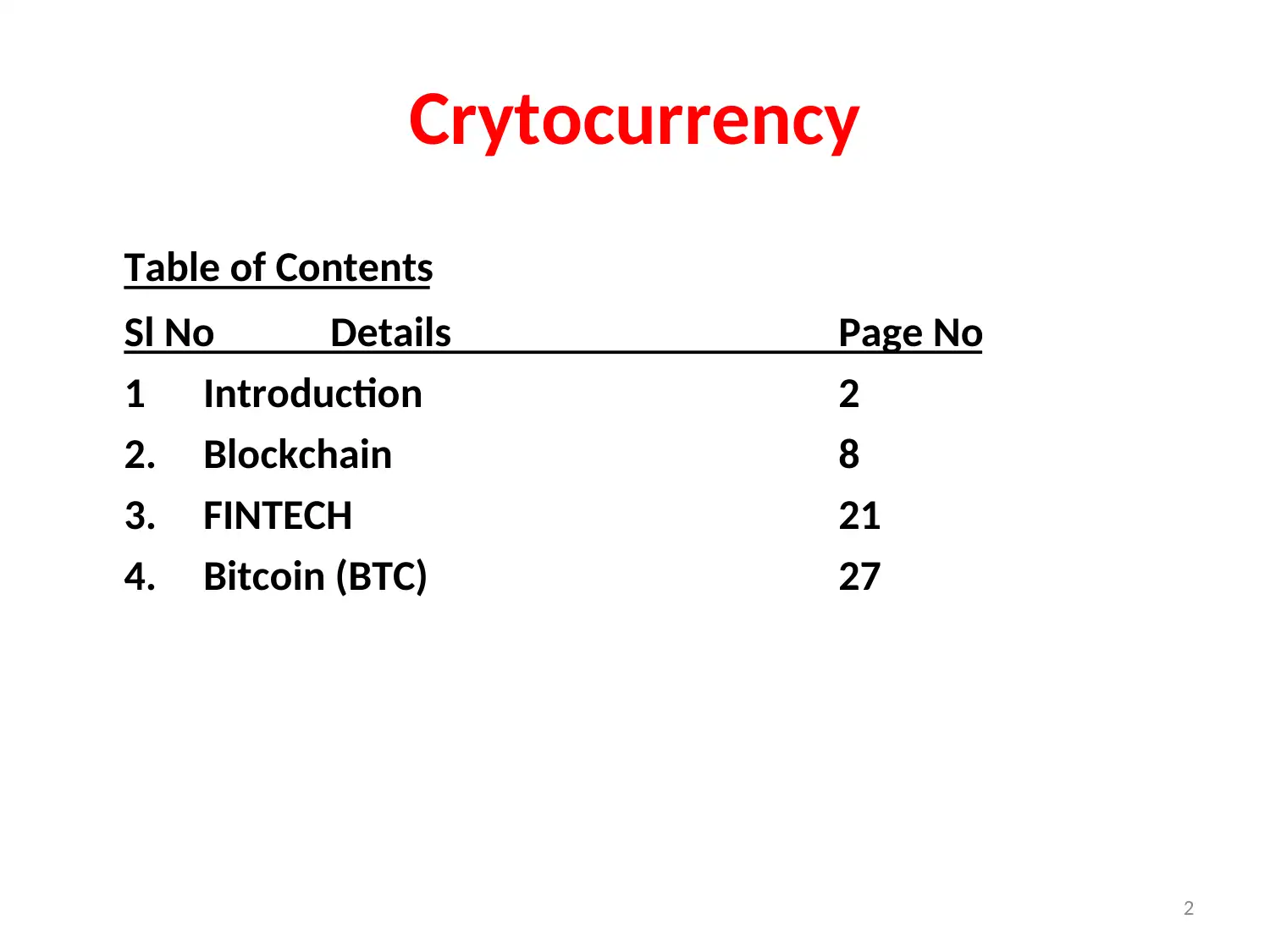
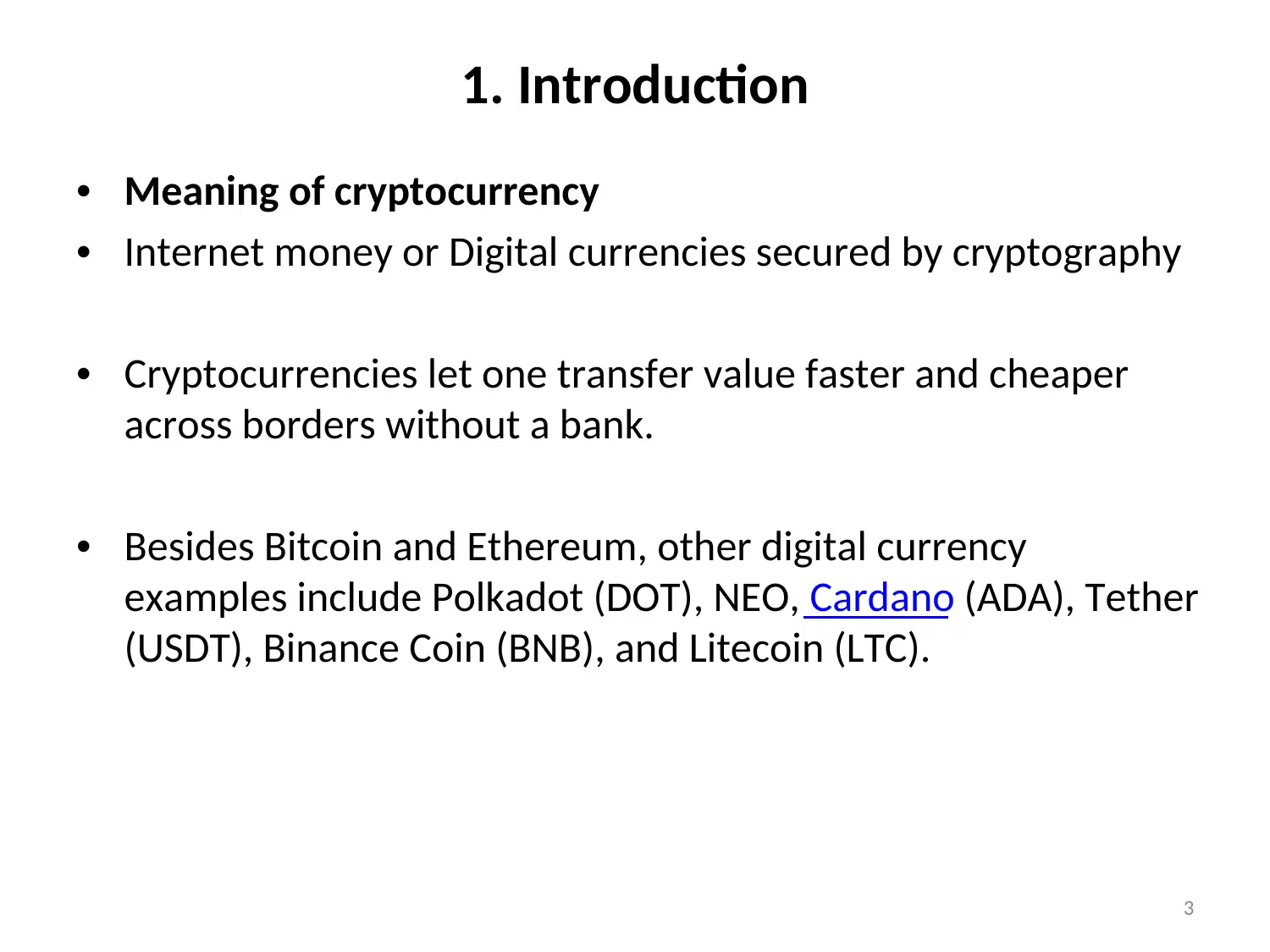

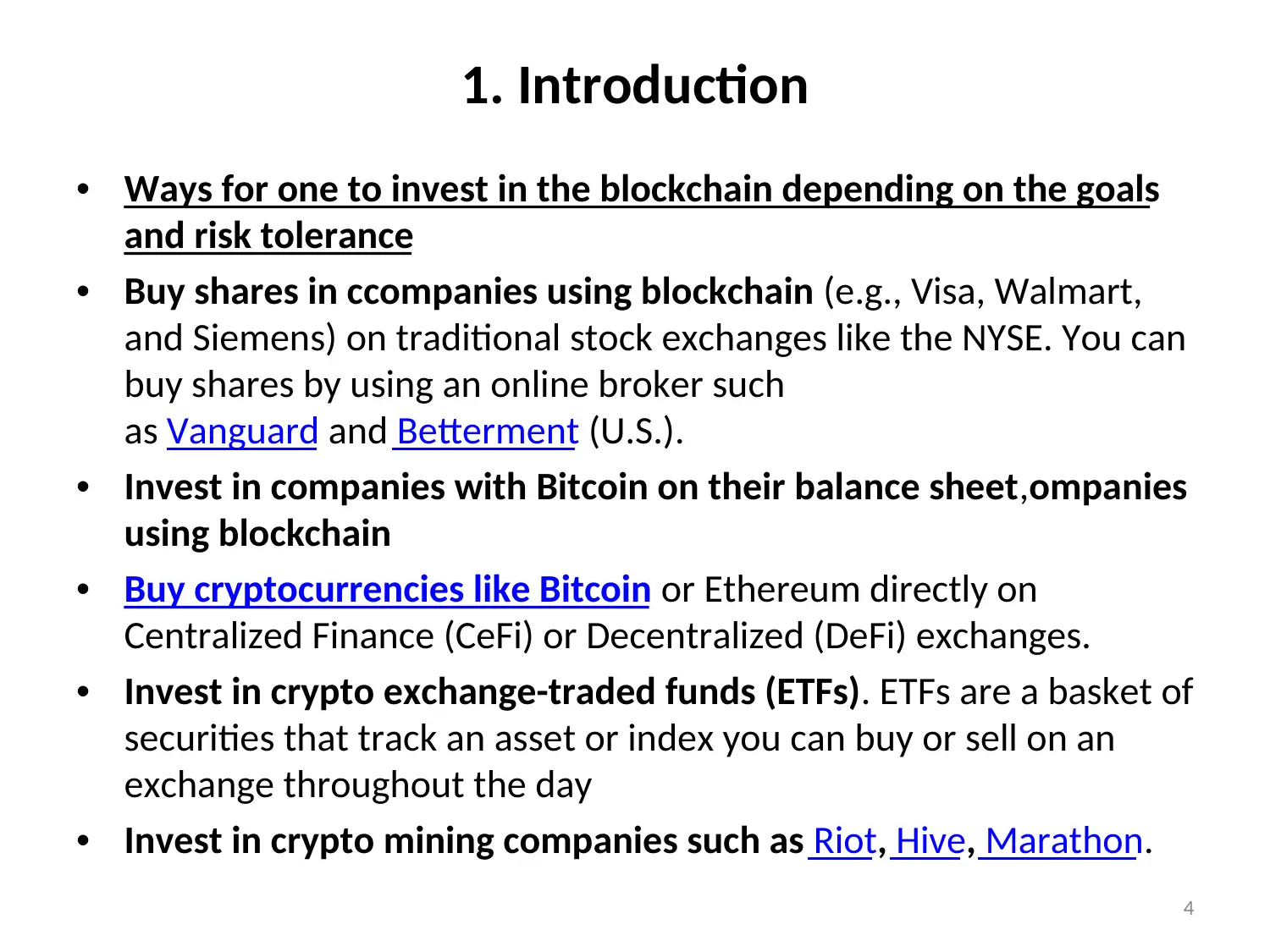
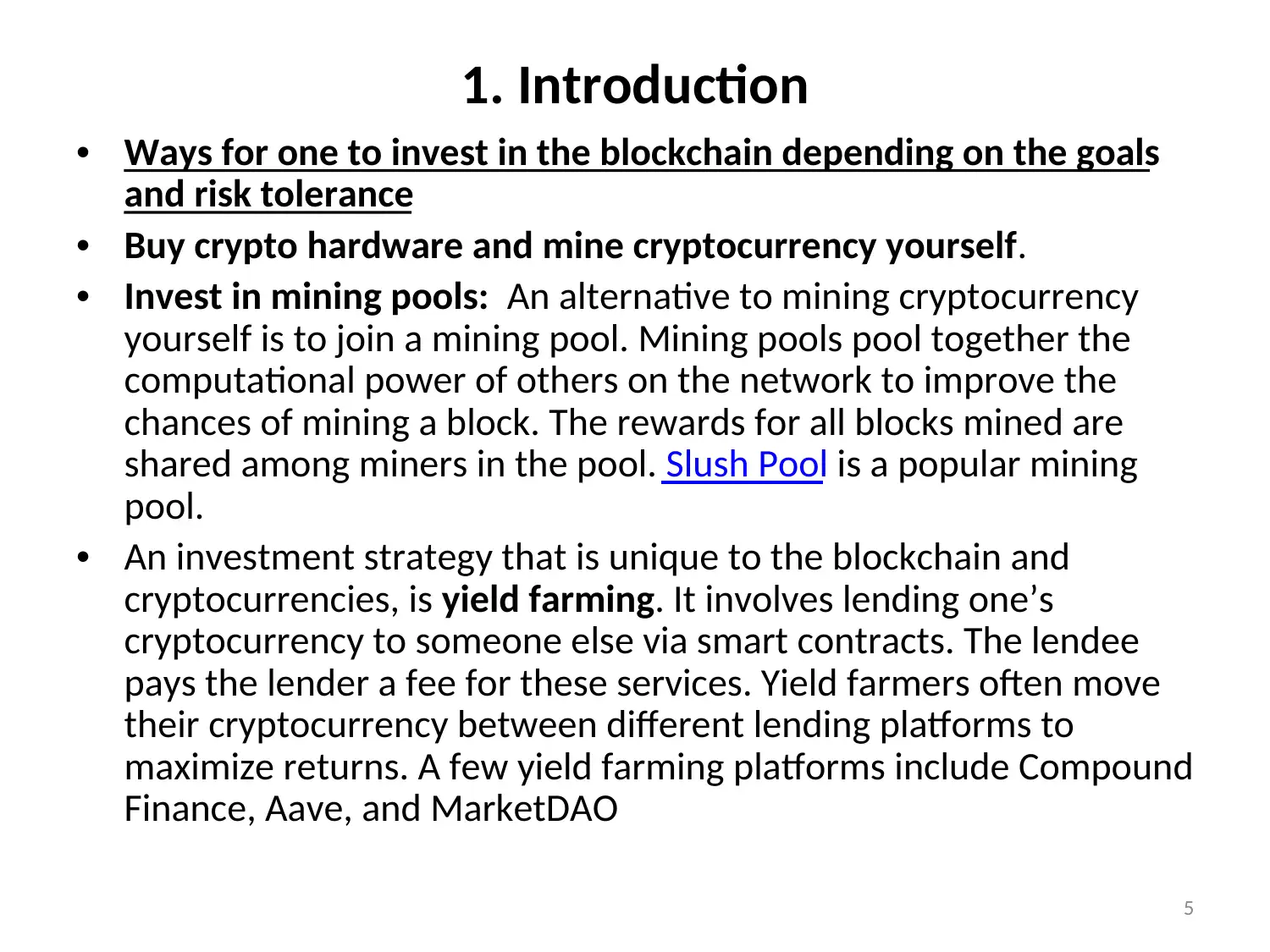
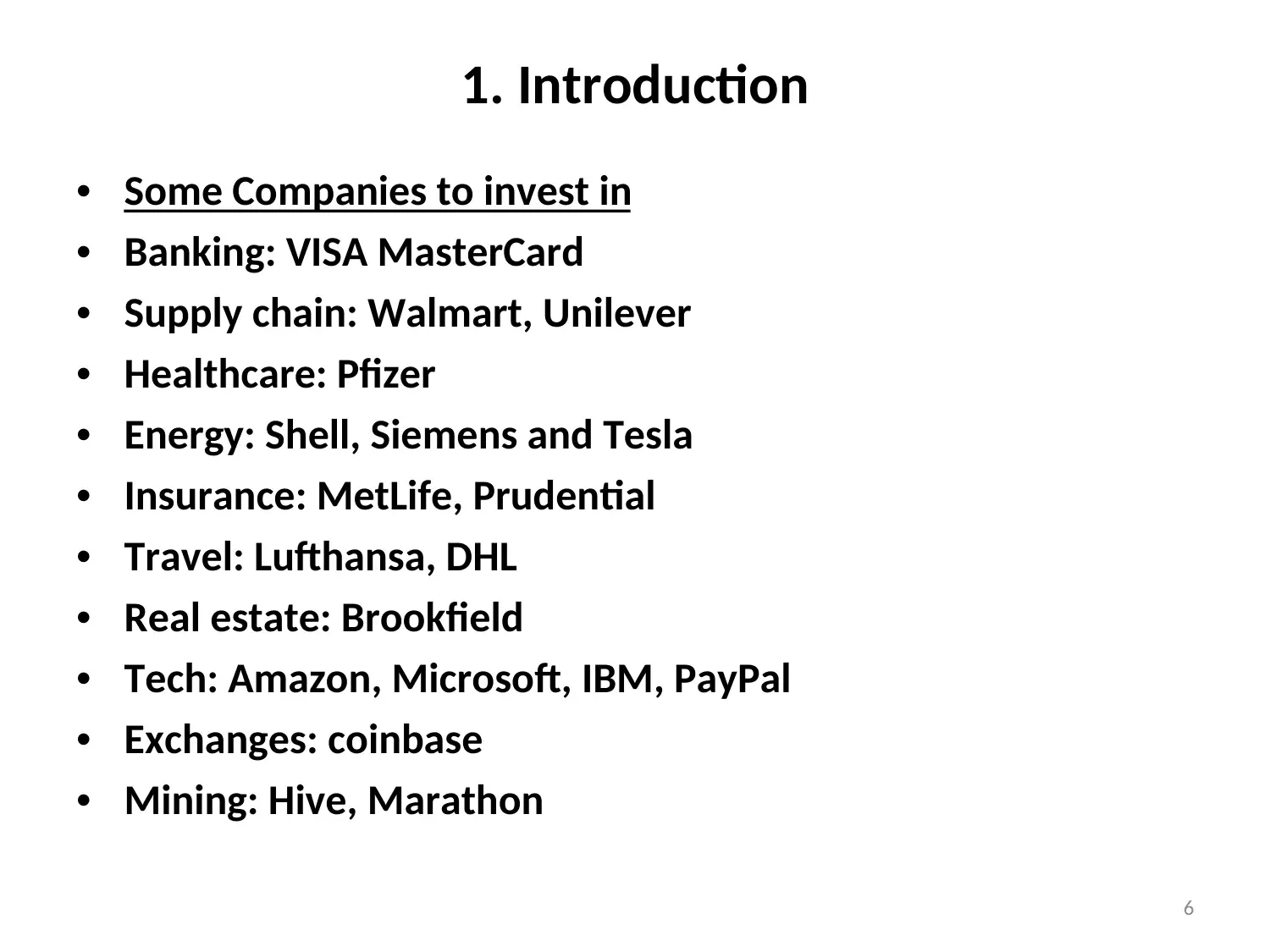
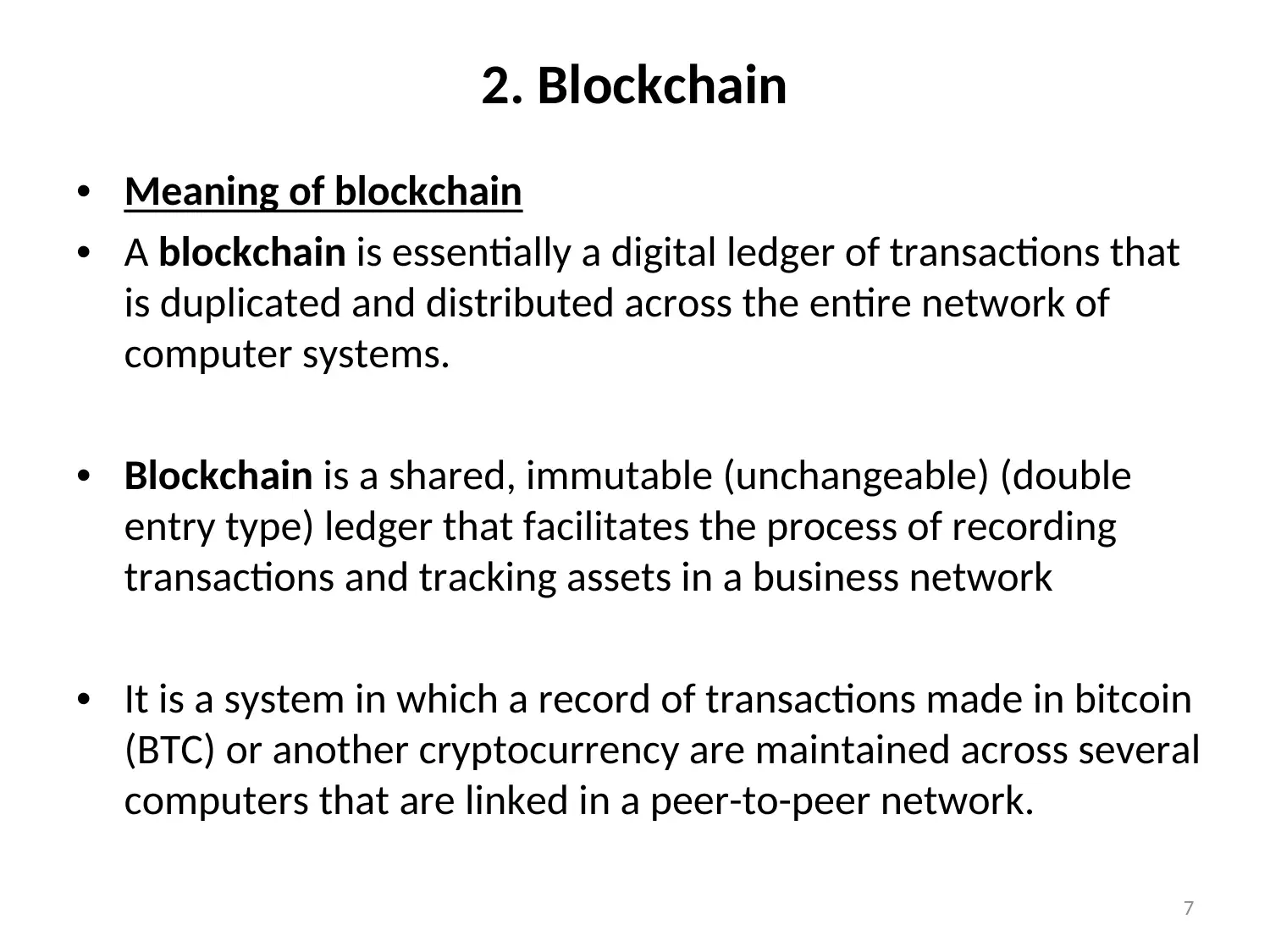
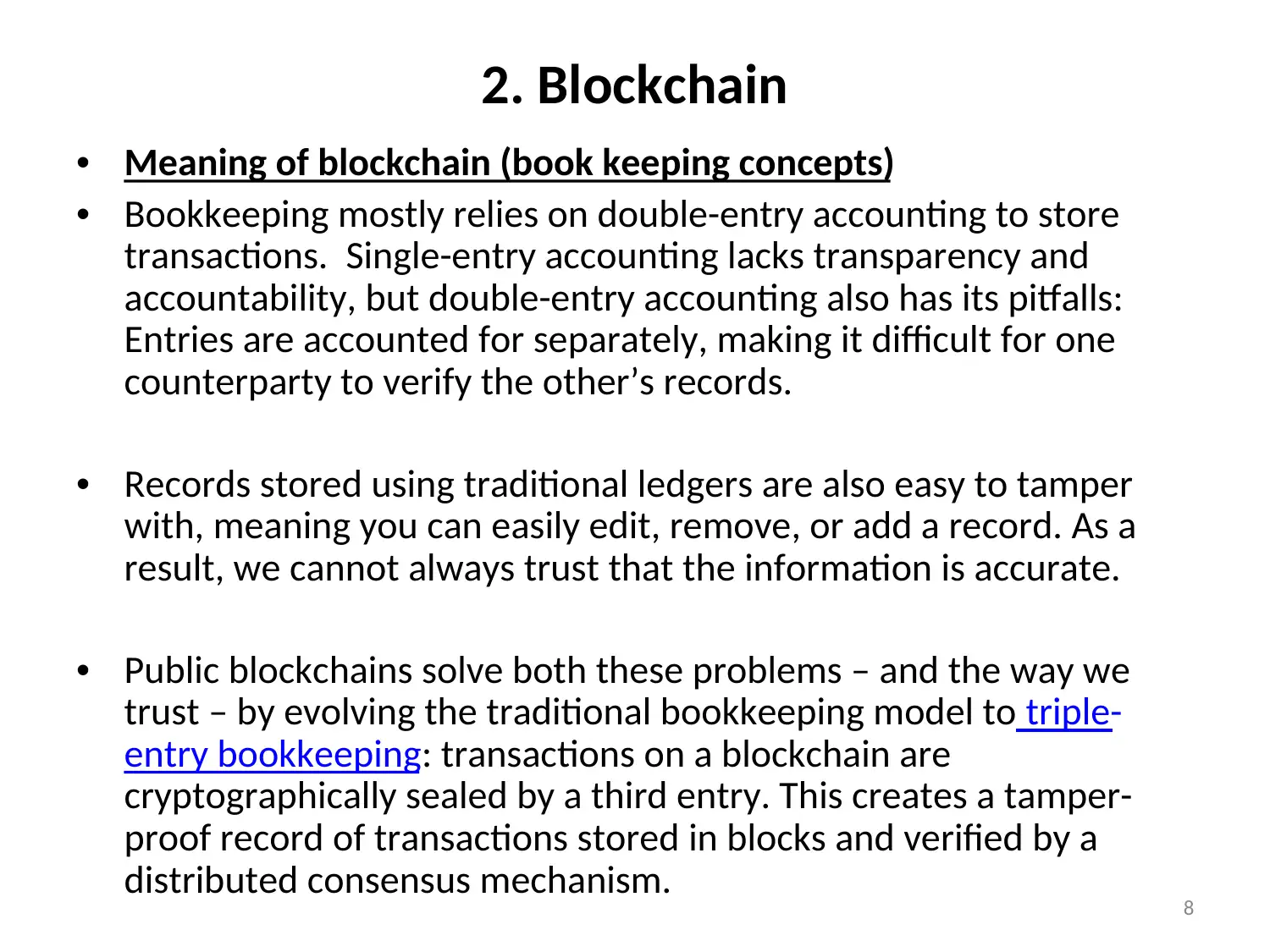
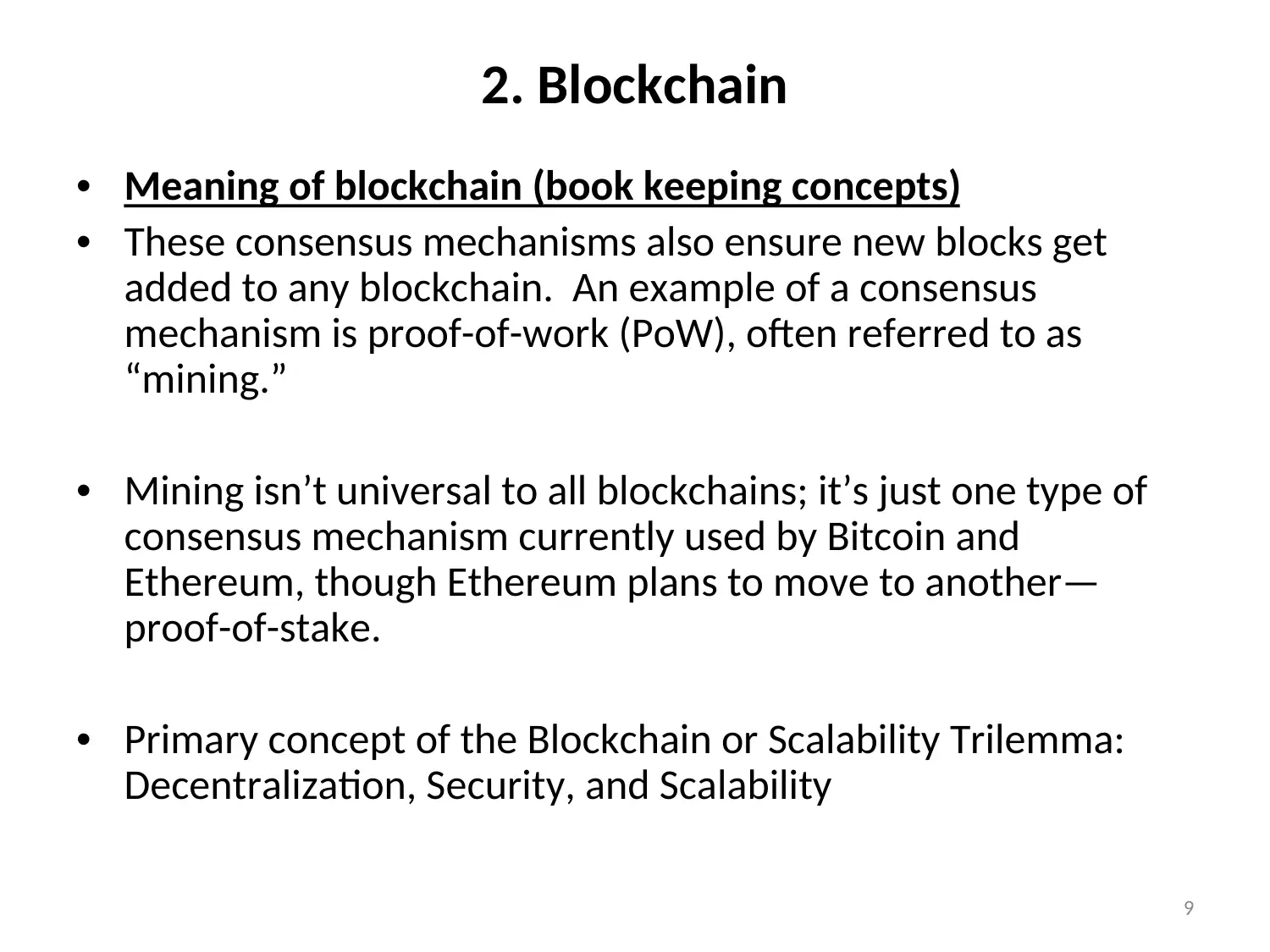
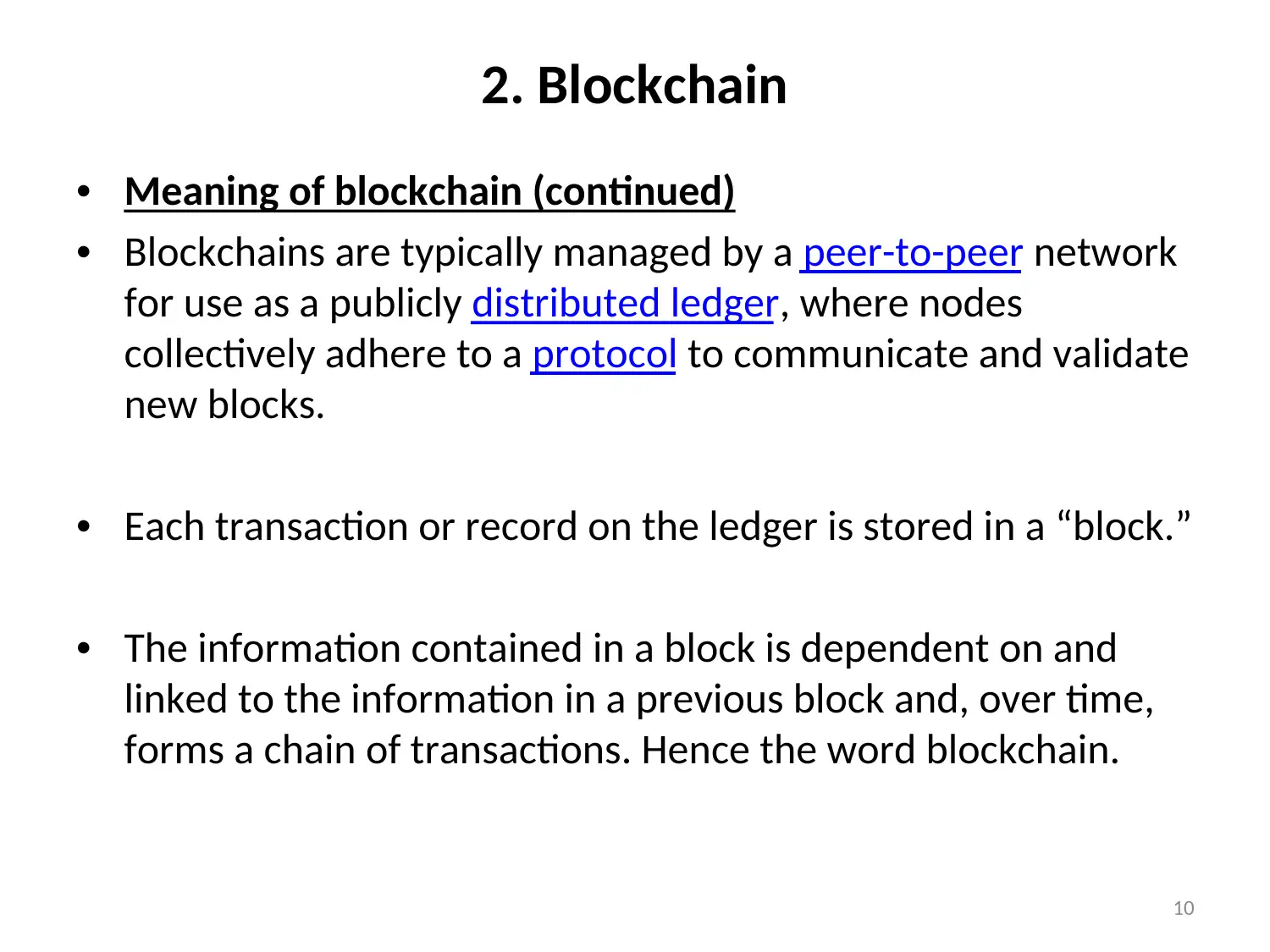
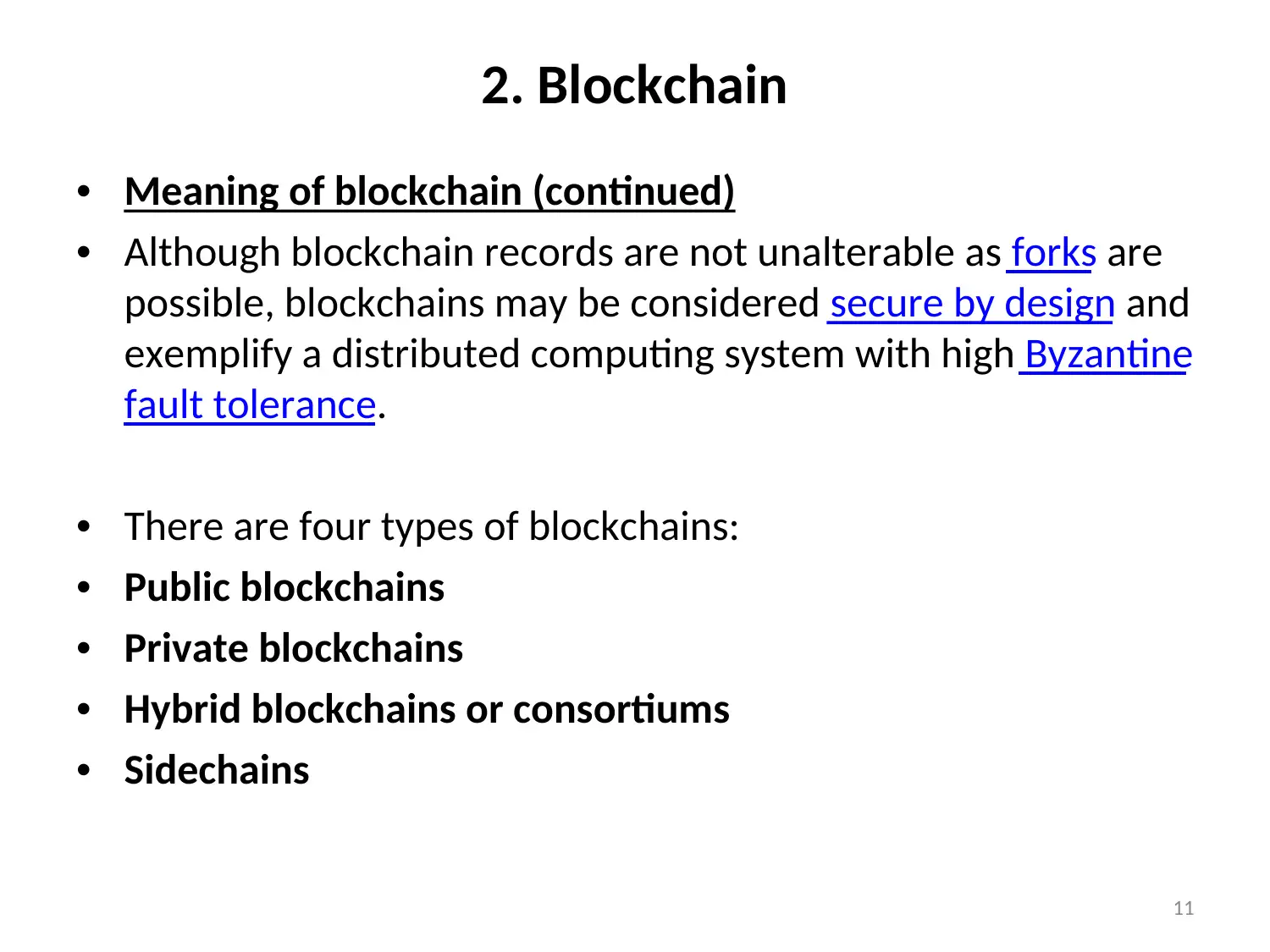
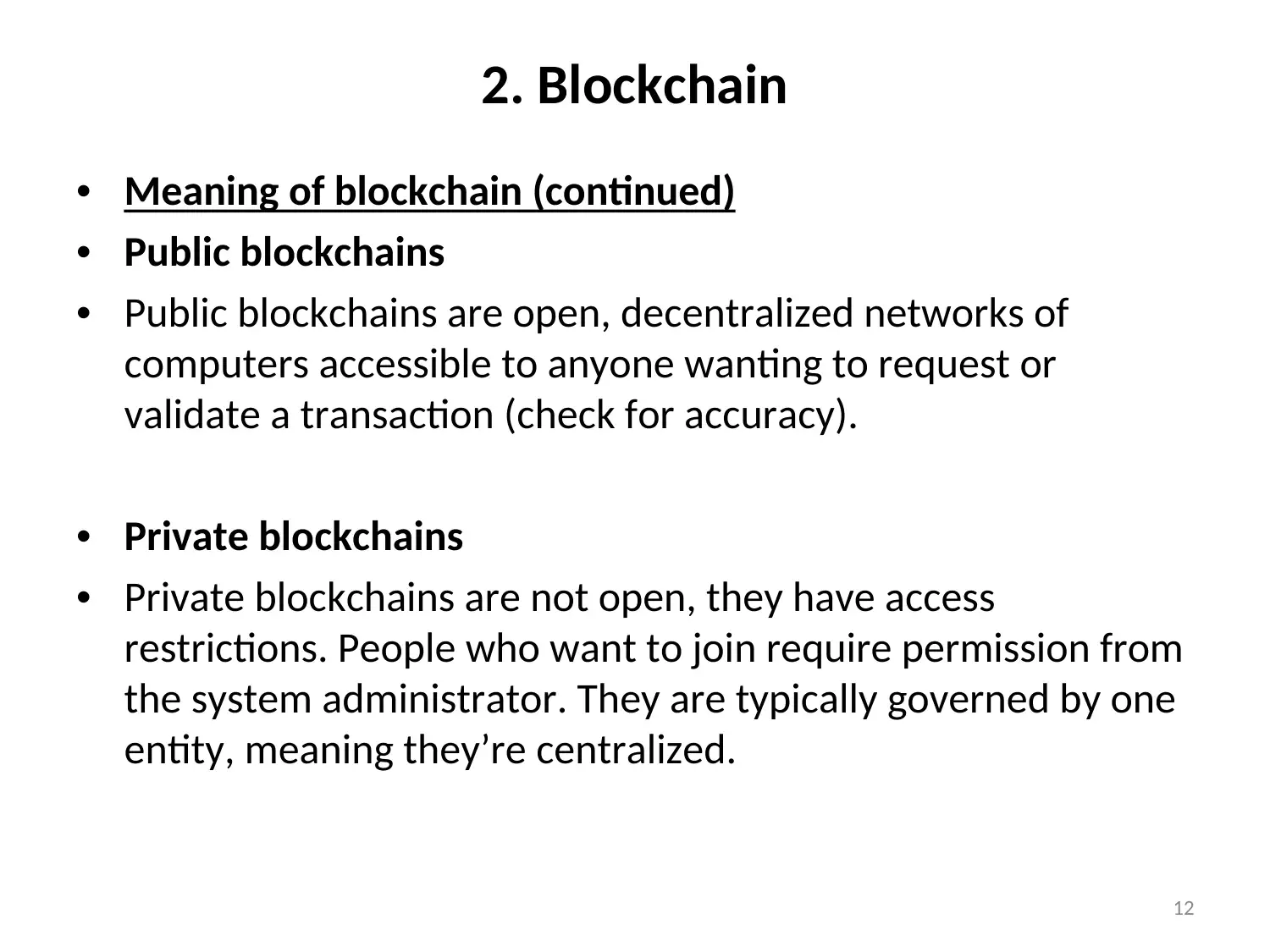
![[object Object]](/_next/static/media/star-bottom.7253800d.svg)